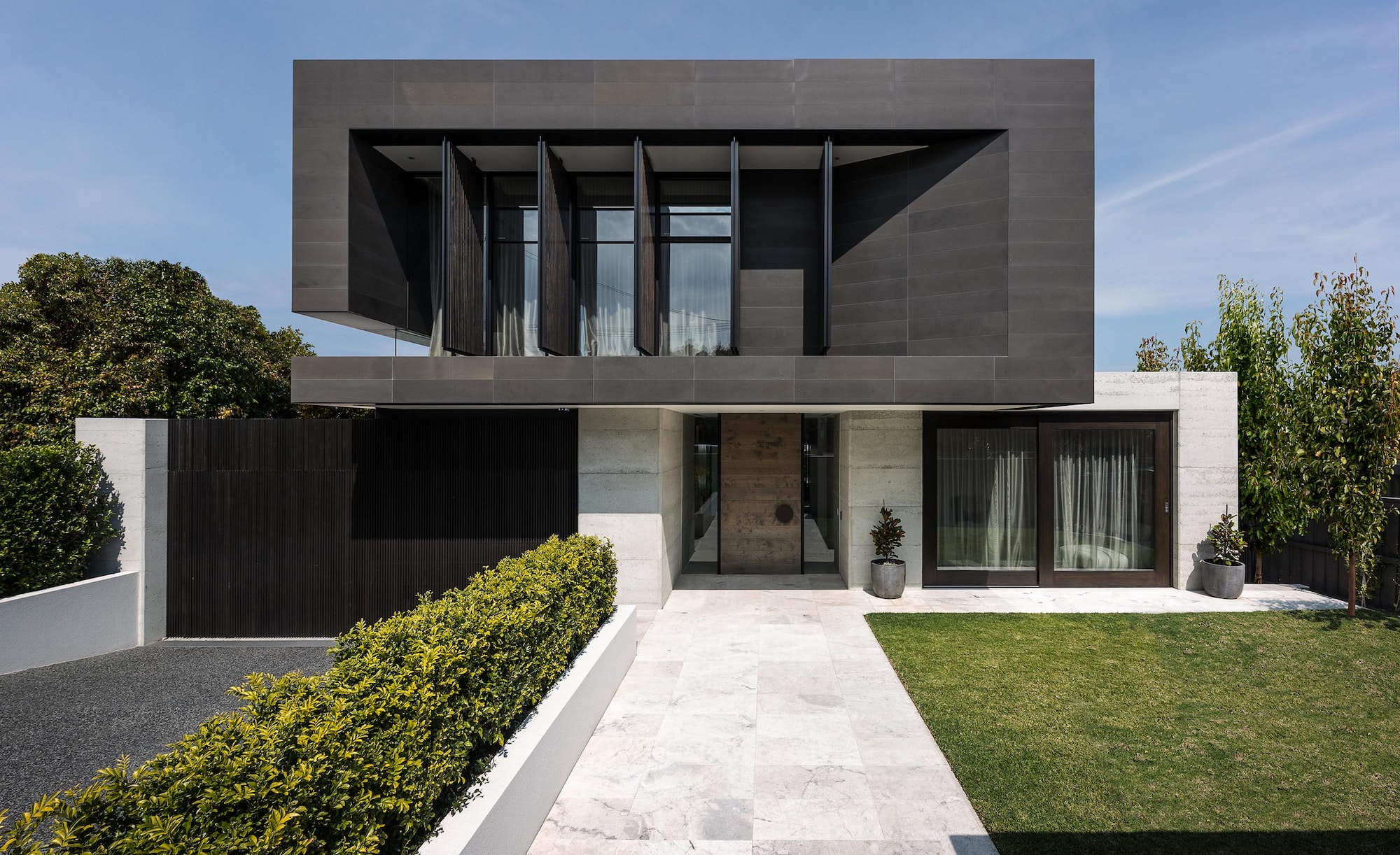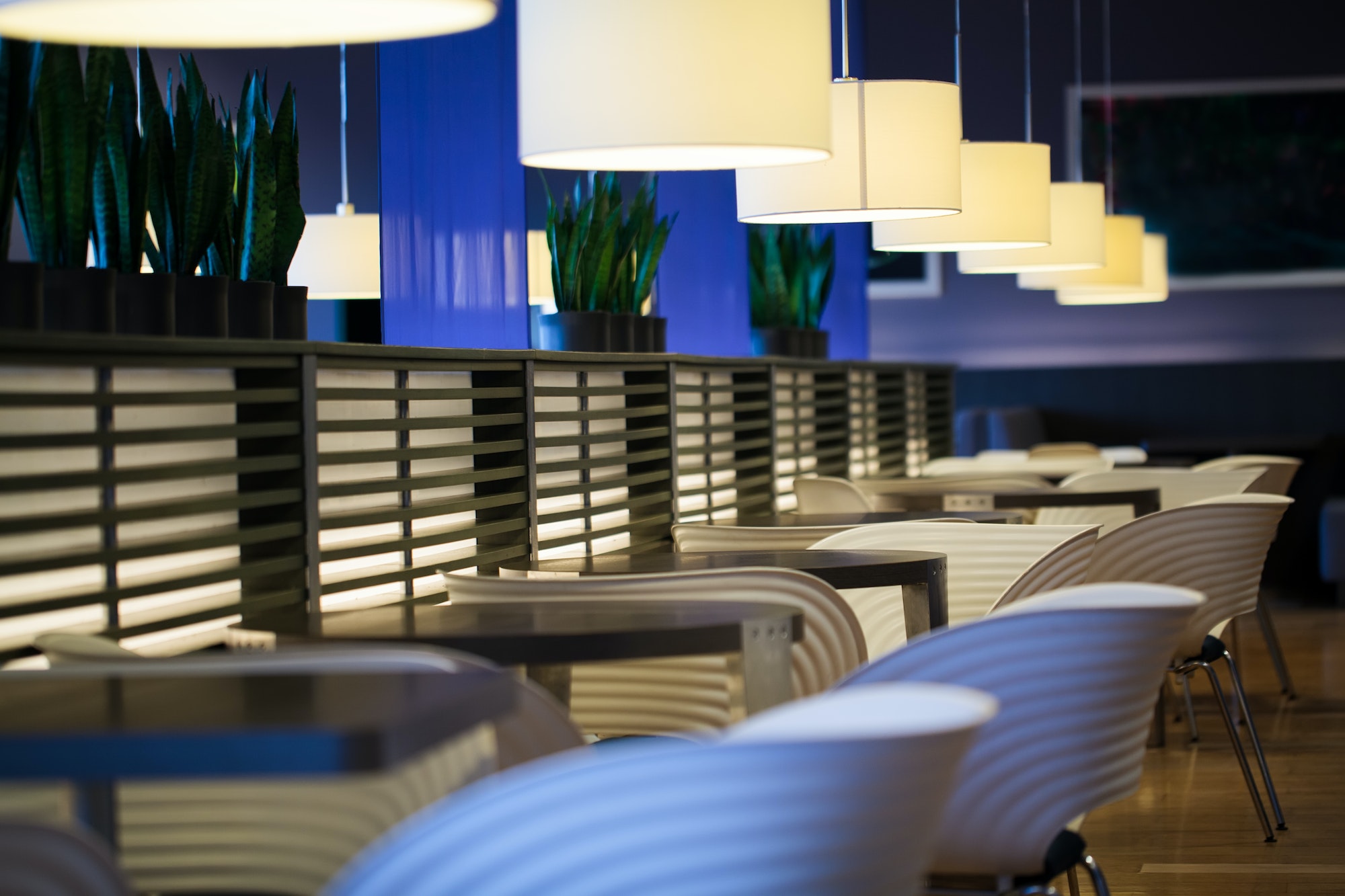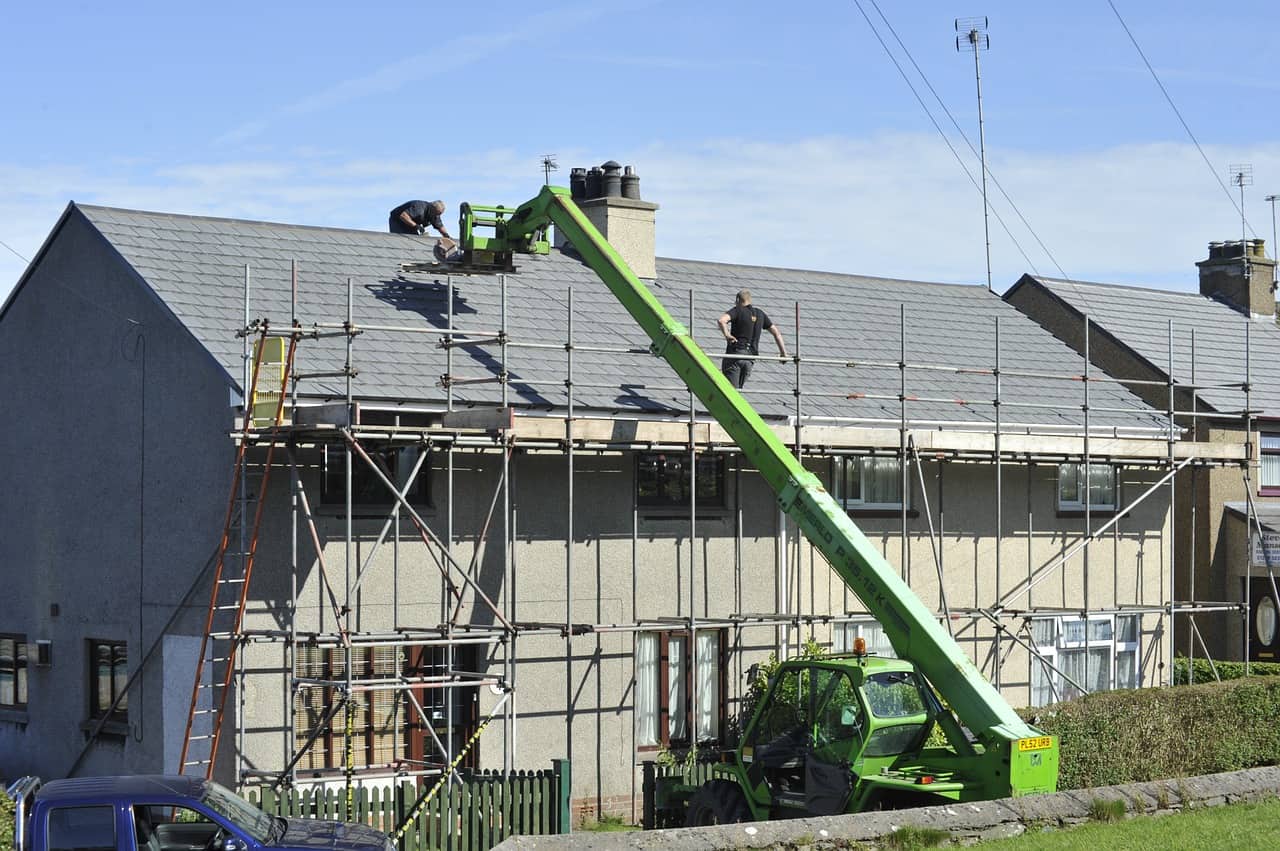Over the past year, the real estate industry has undergone significant changes. After the pandemic, house flipping and residential real estate investing have experienced a sharp increase in popularity. Furthermore, the variety of remote-work options has changed the trends in property purchasing. Now, people want bigger homes in lower-cost areas because they spend more time inside. Agents and brokers began adopting and actively using digital technology to minimize in-person contact. The majority of communication between clients and agents is now conducted through text messages, and mobile-first platforms are booming.
To be able to stay competitive in the real estate market and attract new clients, real estate agencies should keep up with the latest trends. Metropolitan Real Estate always keeps an eye on the latest innovations in the industry and adjusts its services in accordance with the requirements of the modern client. Let’s have a closer look at the trends in newly built buildings in the coming year.
Life With Comfort
In 2023, comfort will be people’s number one priority when purchasing a property. With more and more people working remotely, it is highly important for them to feel secure and comfortable in their homes. When looking for property to purchase, clients now pay more attention to things like the level of security in their building complex, the availability of parking lots, the level of external and internal infrastructure, and various on-site amenities — supermarkets, cafes, gyms, and other essentials. People want to have everything at hand and do not waste time getting to a gym or a grocery store.
Pre-House Territory
The interior is not the only factor people consider when moving into a new place. Before they enter the building, they see its pre-house territory, the landscape design, and the decoration of the surrounding area. Proper landscaping helps to create a vivid impression and can often influence their final decision. That is why most modern real estate agencies focus on the pre-house territory. For example, it is highly important that the territory is walkable, includes various water features, and has places for entertainment — playgrounds, table tennis, and active sports venues.
Everyone wants to add elements to their outdoor spaces that will allow them to spend more time outside, yet still in private. A living fence adds to the greenery of the place and protects homeowners from the outside hustle, making their gardens cozier. Other trends include the addition of ornaments, pots, or sculptures to people’s pre-house territory. Residents are now looking for more natural solutions to landscaping, especially in big cities.
Original Architectural Concepts
People no longer want to live in identical block houses. Moreover, building them in 2023 is considered a bad tone, even in economy class. With modern technologies and materials, it is possible to build unique houses that will look great in the neighborhoods and won’t be boring and feel cartoonish. Now, developers avoid this outdated trend for identical housing by diversifying their projects, coming up with various concepts, and using new decoration options. For example, you can see more dynamic facades, whimsical forms of buildings, vertical landscaping, and asymmetric glazing.
Apart from the new tendencies, some styles remain popular in 2023 — Scandinavian, fusion, and constructivism. Scandinavian architecture marges the structure with the surrounding environment. Houses are built using wood and natural materials, clean lines, and natural light. They are usually minimalistic. Constructivism incorporates straight lines and forms like cubes, rectangles, and cylinders. It is a combination of different forms and contracts. Finally, fusion architecture combines the features of different designs, even opposite styles. Thus, the key is to be unique and interesting in 2023, avoiding old trends for identical designs.
Ergonomic Planning
In 2023, people will also be choosing ergonomic architecture. It means that they will be looking for housing that is safe, comfortable, and designed to increase people’s productivity. Ergonomic architecture takes into account human abilities and limitations, including an individual’s body size, skills, strengths, sensory abilities, and even attitudes. Thus, ergonomic design is focused on people and their interaction with the objects in the space they live in. For example, there are ergonomic office chairs, desks, keyboards, and other objects. The key idea is to improve people’s well-being and make their day-to-day lives more comfortable. Taking into account that a lot of people now work from home, they are looking for houses that include the elements of ergonomic design and planning. Egonomics is meant to assess the possible risks for injury in one’s home, and ergonomic planning helps mitigate them.
Discover more from Futurist Architecture
Subscribe to get the latest posts sent to your email.



